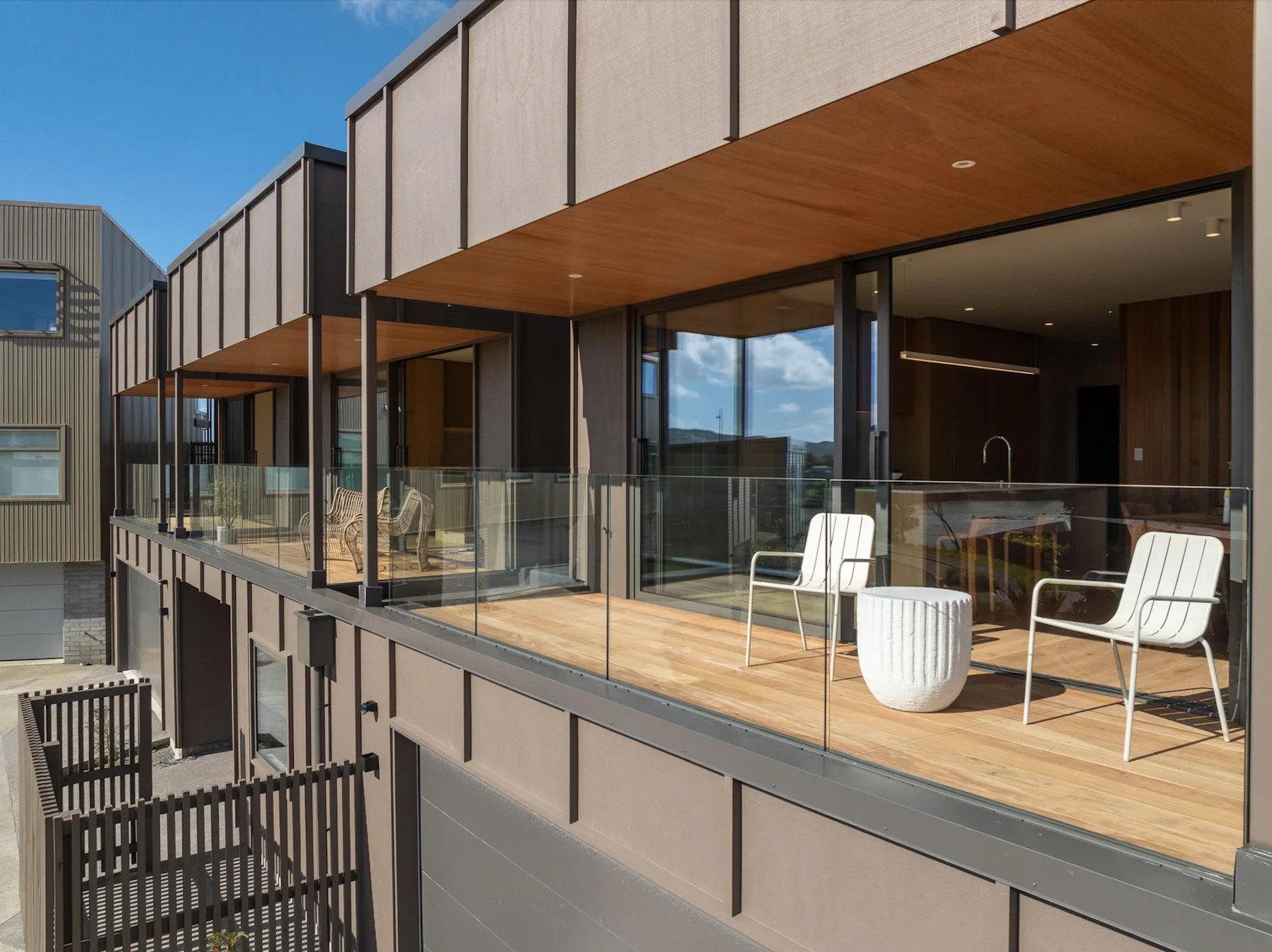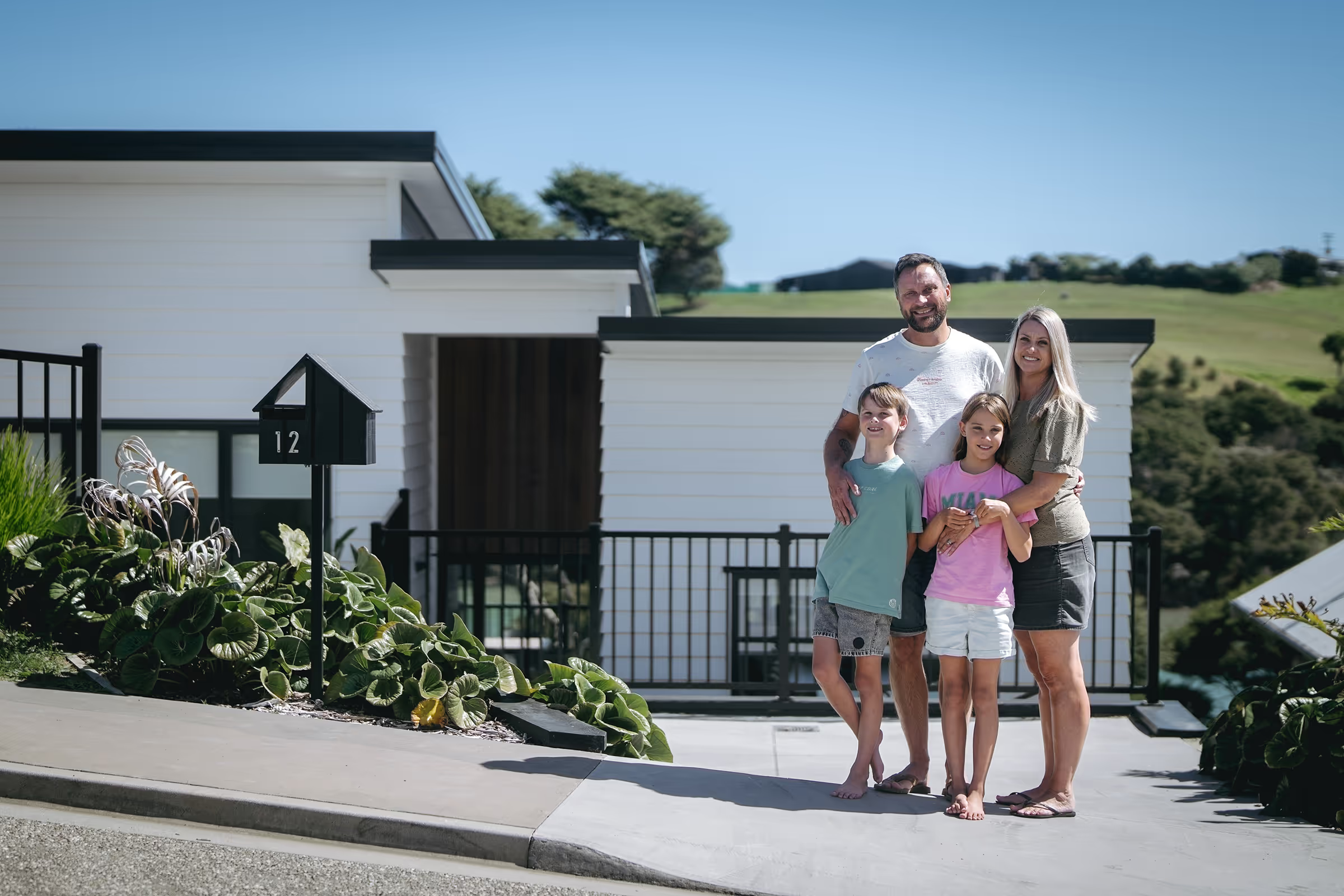The benefits of solar power for your new build
Here in Rangitahi, we love homes that put sustainability at the forefront of their design, and one of the best ways to do your part in reducing your energy consumption is to install solar power into your new build.Local electricians Stendy Electrical have a keen interest in renewable energy and wanted to do their part in making solar energy more available in Raglan and the larger Waikato region so they started Stendy Solar, after 9 years they have had hundreds of installs and continue to see major growth in this area.
We caught up with Stendy Solar to get some insights on installing solar panels and the future of solar energy.
Stendy Electrical is a Raglan-based electrical business; what made you branch out into Solar power?
Jeff, our Solar Operations Manager, has a natural interest and passion for solar power and renewable energy. After working in the electrical industry for several years he went on to obtain his solar training in 2003. Shortly after, Chris, a solar expert from America, joined the Stendy team. Over the last 9 years, Stendy Solar has continued to grow within the solar energy division in New Zealand and we have completed hundreds of off-grid and grid tied jobs in Raglan and around the Waikato.

Many people are interested in Solar power; what are your thoughts on how Solar energy will fit into our future?
It is inevitable solar power will play a huge role in our future. There is a huge need for increased solar power and battery storage to meet the demand on the grid for electricity nationally and achieve the government’s target of 50% of total final energy consumption in New Zealand to come from renewable sources by 2035.
As individuals, we can also take responsibility to help reduce our household’s carbon footprint - this could include using clean localised energy by getting solar power installed, or switching to an electricity retailer that only sells renewable energy. When shopping, it’s good to investigate how things are made and where they are sourced from as some products can be produced using renewable energy.As we transition to using more electrical vehicles, solar power would enable you to fuel your car for free using the suns energy. Solar power can also reduce your monthly power bill or increase the value of your home.
For these reasons, solar power will be a big part of our future.
What is involved in connecting your home to solar energy?
It’s a pretty easy process mostly: contact us, and we can discuss what your requirements are based on your current power usage. From there, we can design a system tailored to your needs and provide a quote. If you are building a new house, it is a good idea to consider prewiring cables for solar, even if you aren’t going to install it now as it is often easier and cheaper to do it whilst your house is under construction, although most jobs we have been involved with are installing into existing homes, so it’s always possible either way.There are a few other things to consider at the design stage, like how you will heat your house and your hot water. Feel free to give us a call if you want any further advice.

Can the energy created by your solar panels be retained for night or winter use?
Solar power systems fall into three main categories.
- Grid tied solar – This is the most common and generally the most cost-effective and appropriate system for the majority of cases. A grid tied system has no battery storage. Any extra power you need that is not generated from solar will be bought from the grid.
- Hybrid grid tied system – These systems have a small battery so you can store some energy for use when it's dark, raining or if you require energy for emergency power.
- Off-grid system – These systems are designed so that you generate all the electricity you need, and often have a generator as backup in case there are a lot of days of rain in a row or you just need more electricity than normal on a certain day. Off-grid systems have a large battery bank to store the energy and are more appropriate in remote locations where connecting to the grid isn’t an option.
The way grid connected systems work here in New Zealand is that you must use the solar electricity in the moment it is generated, or it gets sold back to the retailer, generally for less than you will buy it back off them later in the day when the sun isn’t shining. For this reason, we take care to design each system based on your electricity usage so that the system produces what you need rather than a system that is too large which results in selling back a lot of power back to the retailer at a lower cost. This helps optimise the payback period of your system.
If you want to store some of the energy you have generated, you will need a battery or an electric hot water cylinder. We can set up your hot water cylinder to heat up your water first before the excess energy is sold back to the grid. If you are building a new house and know you are going to have solar installed, its worth considering having a hot water cylinder over a gas water heater. Another way we can use solar energy during the day and benefit at night is by linking your heat pump to the solar power system to warm your house up during the day so it’s warmer when you get home, and you don’t have to use as much energy to heat your house in the evening. When designing jobs, we take all these things into consideration so you can get the most out of your system for you.
What are the average savings a solar-powered home can make?
With grid tied systems we aim to design a system that can provide between 30% - 45% off your electricity usage. It’s not possible to generate any more than that unless we add batteries into the system. With batteries, we can generate and store all the energy you need but these systems are more expensive and aren’t always the best solution for everyone.
What is the initial investment required for the installation?
The cost of a solar power system varies depending on size and the type of roof you have. The full installation of a very basic, small residential system starts at around $6000 and goes up from there depending on your household's electricity usage.
Are there any other benefits of solar that we might not know about?
It can make you more in tune with nature as you will consider your energy usage when the sun is shining to make the most of your systems benefits.A solar energy system design that matches your specific needs, whether it's reducing your monthly power bill or reducing your environmental impact, will also increase the value of your home and provide you with a good return from a financial investment perspective.
How can we contact you for more information?
Contact Stendy Solar on 078250215 or visit our website www.stendysolar.co.nz to find out more or make an enquiry.


.svg)





































































































.svg)